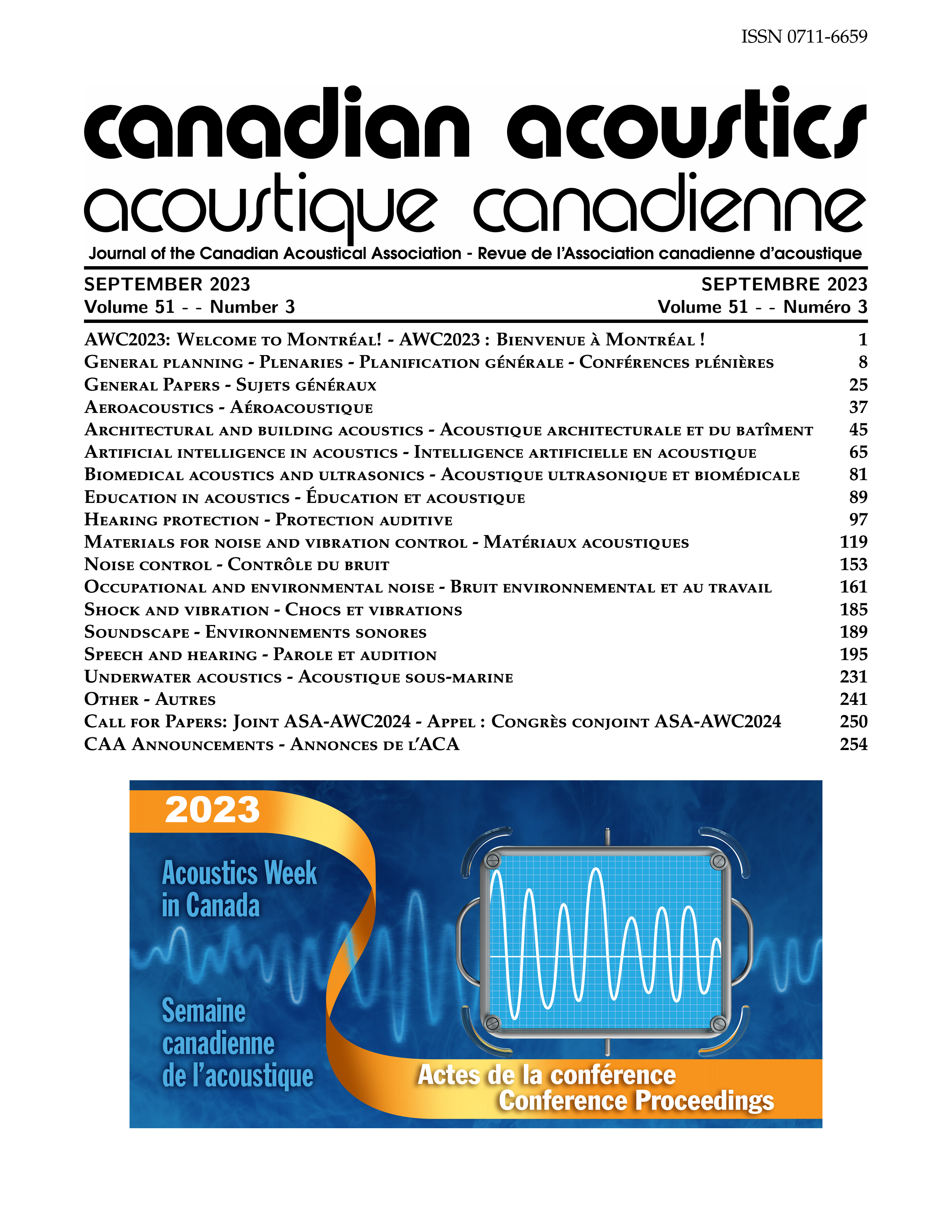Sign Language Handshapes, Similarly to Speech Sounds, Exploit Biomechanical Endpoints
Résumé
Keywords: sign language, articulation, biomechanicsSpeech motor control approaches have argued that the dimensionality problem can be handled by exploiting endpoints, a type of biomechanical quantal region (Moisik & Gick, 2017, Gick et al. 2020), where a stable output can be obtained regardless of the starting position or variable muscle activation of the articulators (Moisik & Gick, 2013). Endpoints involve a contact between two articulators or an active articulator and a passive articulator. One advantage endpoints offer is in preventing overshoot. In spoken languages, endpoints are maximally exploited in plosive sounds, the most frequent type of consonants occurring in all known spoken languages (Maddieson, 1984: 25). In signed languages, endpoints are exploited in signs where two hands make contact with each other, or where a hand(s) makes contact with the signer’s body (Tkachman, 2022). For example, in signs produced with body contact, variable arm muscle activation does not lead to variable place of articulation (Goyal, Venkata, Tkachman & Gick, 2019). In this study, we extend research on sign-language endpoints by investigating handshape-internal endpoints, which is a state of a finger/joint where it is maximally extended or flexed or where the fingers and/or thumb make a contact with each other and/or the palm. We annotated handshape inventories from five genetically distinct sign languages to determine the extent to which phonemic handshapes in the inventory exploit handshape-internal endpoints. These results support the view that the biomechanical quantal regions previously observed for speech are general to communicative control systems.Fichiers supplémentaires
Publié-e
Comment citer
Numéro
Rubrique
Licence
Author Licensing Addendum
This Licensing Addendum ("Addendum") is entered into between the undersigned Author(s) and Canadian Acoustics journal published by the Canadian Acoustical Association (hereinafter referred to as the "Publisher"). The Author(s) and the Publisher agree as follows:
-
Retained Rights: The Author(s) retain(s) the following rights:
- The right to reproduce, distribute, and publicly display the Work on the Author's personal website or the website of the Author's institution.
- The right to use the Work in the Author's teaching activities and presentations.
- The right to include the Work in a compilation for the Author's personal use, not for sale.
-
Grant of License: The Author(s) grant(s) to the Publisher a worldwide exclusive license to publish, reproduce, distribute, and display the Work in Canadian Acoustics and any other formats and media deemed appropriate by the Publisher.
-
Attribution: The Publisher agrees to include proper attribution to the Author(s) in all publications and reproductions of the Work.
-
No Conflict: This Addendum is intended to be in harmony with, and not in conflict with, the terms and conditions of the original agreement entered into between the Author(s) and the Publisher.
-
Copyright Clause: Copyright on articles is held by the Author(s). The corresponding Author has the right to grant on behalf of all Authors and does grant on behalf of all Authors, a worldwide exclusive license to the Publisher and its licensees in perpetuity, in all forms, formats, and media (whether known now or created in the future), including but not limited to the rights to publish, reproduce, distribute, display, store, translate, create adaptations, reprints, include within collections, and create summaries, extracts, and/or abstracts of the Contribution.


